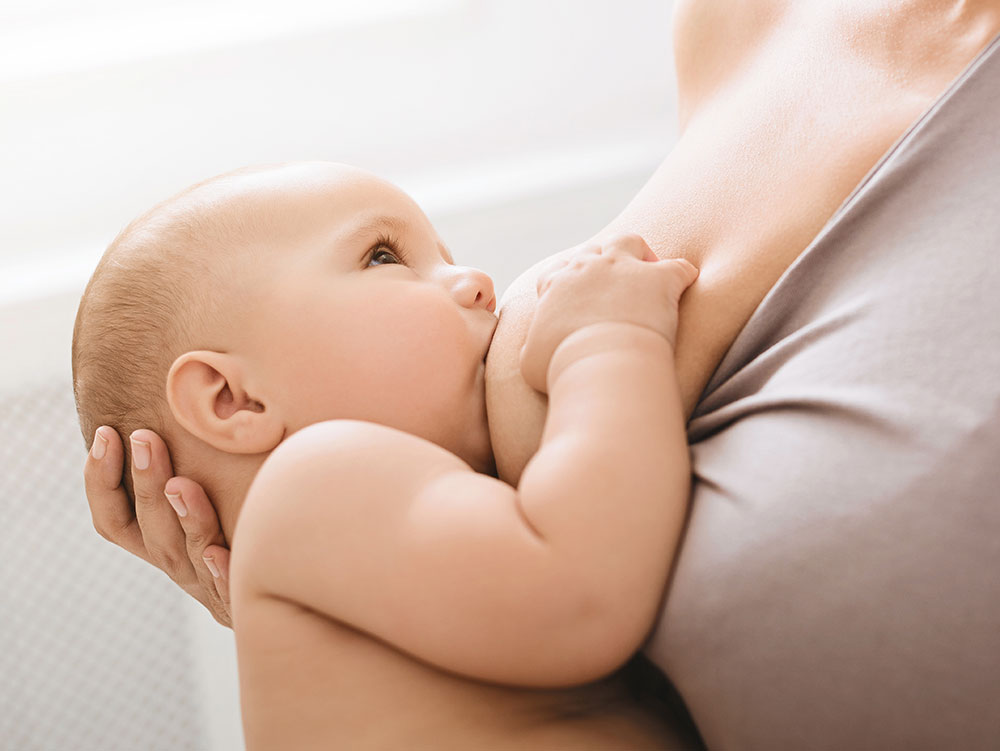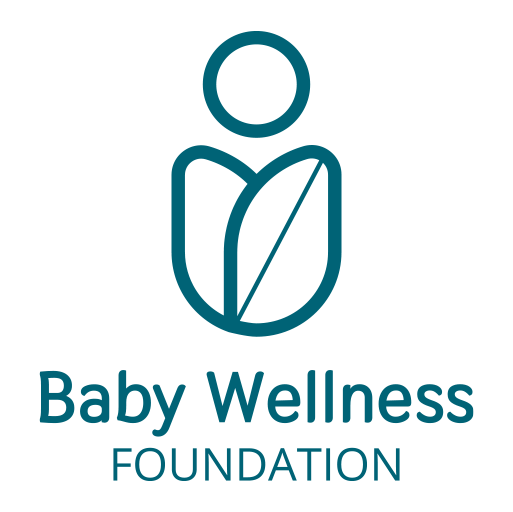Approfondimenti scientifici
Anatomy of the breast and physiology of breastfeeding
Breastfeeding is considered the most natural and effective way to nourish an infant. In addition to providing protection against infections, breast milk is sterile, always available, at the right temperature, and ready to use. The breastfeeding experience also promotes a deep emotional bond between mother and child, offering the newborn love, security, and an affective environment essential for psychophysical development.

Structure of the mammary gland
The breast is an exocrine gland composed of several lobes, each subdivided into lobules. The functional unit of the lobules is the alveolus, the site where milk is produced. Milk passes from the ductules into the lactiferous ducts, which converge toward the nipple, where it is expelled during suckling.
Each alveolus consists of:
-
Epithelial cells (lactocytes): produce milk
-
Myoepithelial cells: contract to push milk toward the ducts
All lobes and lobules are surrounded by adipose tissue and separated by fibrous connective tissue that provides structural support.
The shape of the breast, the size of the nipple, or slight asymmetries between the breasts do not affect the ability to breastfeed.
Hormones and changes during pregnancy
From menarche and more markedly during pregnancy, mammary tissue undergoes significant changes under the influence of several hormones:
-
Estrogens: stimulate the development of lactiferous ducts
-
Progesterone: promotes the enlargement of alveoli and lobes
-
Prolactin: contributes to breast enlargement and prepares for lactation
During pregnancy, there is an increase in areola pigmentation, nipple size, and visibility of subcutaneous blood vessels—all signs of the breast’s physiological adaptation for breastfeeding.
Phases of lactation
Breast milk production, known as lactation, is divided into four main phases:
-
Lactogenesis I (from mid-pregnancy to the 2nd postpartum day)
Milk synthesis begins under hormonal control. Colostrum is produced during this phase. -
Lactogenesis II (from the 3rd to the 8th postpartum day)
A significant increase in milk production occurs, often accompanied by breast engorgement. Control is still endocrine and is completed within 30–40 hours after birth. -
Galactopoiesis (from the 9th day until the onset of involution)
Milk production is regulated mainly by local stimuli, depending on the frequency and effectiveness of suckling. This autocrine control mechanism follows the principle of supply and demand. Production stabilizes around the 4th–6th postpartum week. -
Involution (about 40 days after the last feeding)
Begins when the baby reduces feedings or starts complementary feeding. The accumulation of the Lactation Inhibitor Factor (LIF) progressively reduces production.
Role of hormones in mmaintaining lactation
After birth, estrogen and progesterone levels drop rapidly, allowing prolactin and oxytocin to play a central role:
-
Prolactin: stimulates epithelial cells of the alveolus to produce milk. It follows a circadian rhythm, with higher levels at night. Nighttime breastfeeding therefore promotes greater milk production.
-
Oxytocin: induces contraction of the myoepithelial cells surrounding the alveoli, facilitating the flow of milk toward the nipple (let-down reflex). Its secretion is stimulated by physical contact, positive emotions, cuddling, and caresses, but can be inhibited by stress, pain, nicotine, or alcohol.
Lactation Inhibitor Factor (LIF)
LIF is a substance locally produced by the alveoli that regulates milk production. When the breast is not emptied regularly, LIF accumulates and inhibits milk synthesis. Only frequent and effective removal of milk—through regular breastfeeding, manual expression, or use of a breast pump—can counteract this inhibition and maintain adequate production.
Breastfeeding is a complex process, regulated by a sophisticated anatomical and hormonal system. Understanding how the breast works and the phases of lactation helps to promote effective, lasting, and serene breastfeeding.
